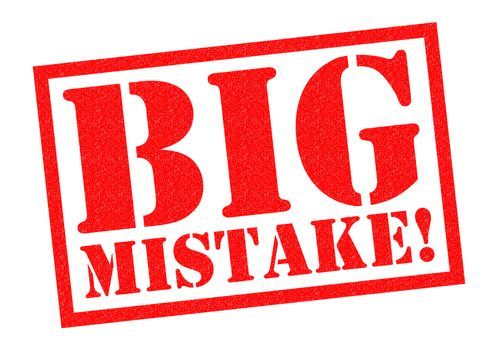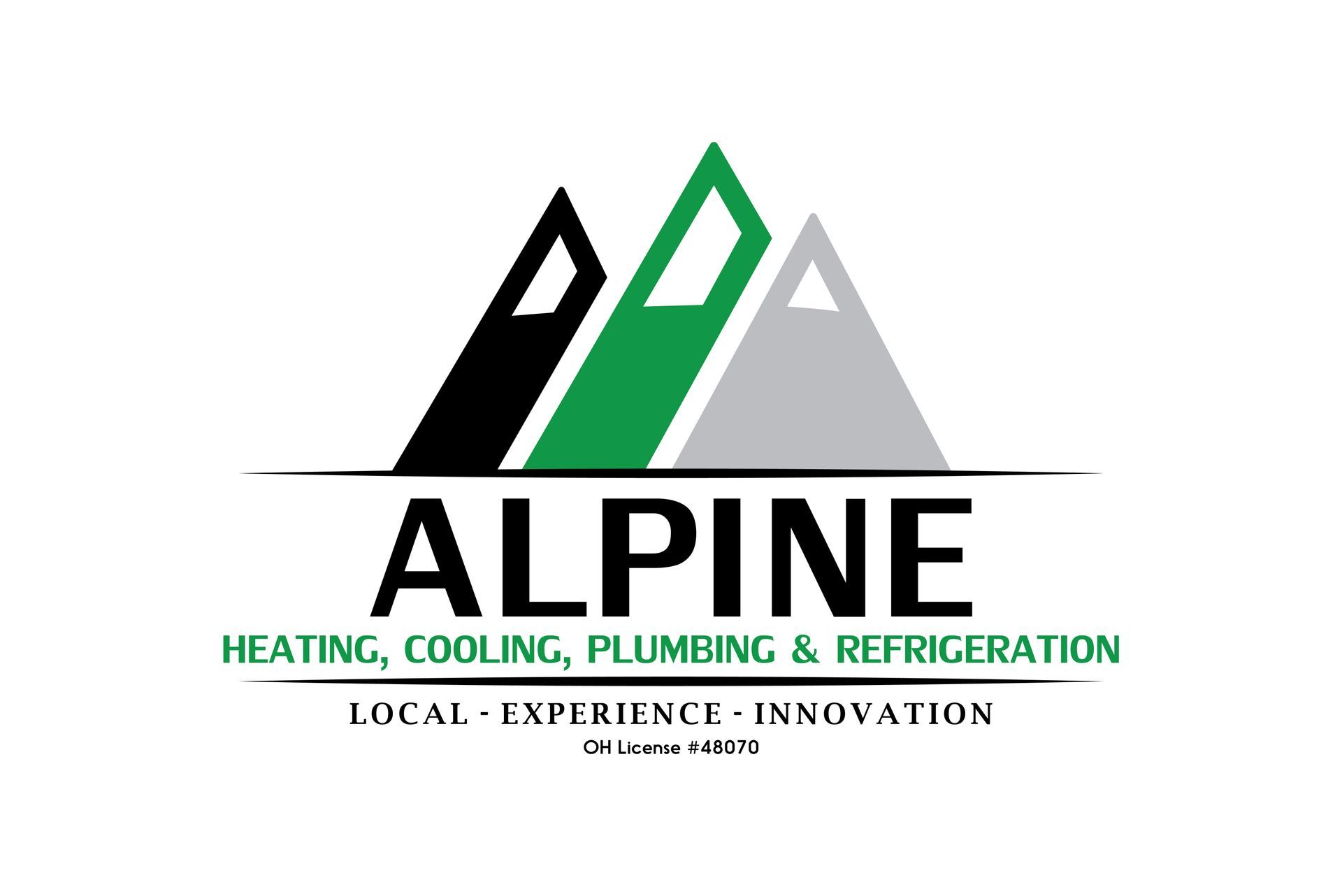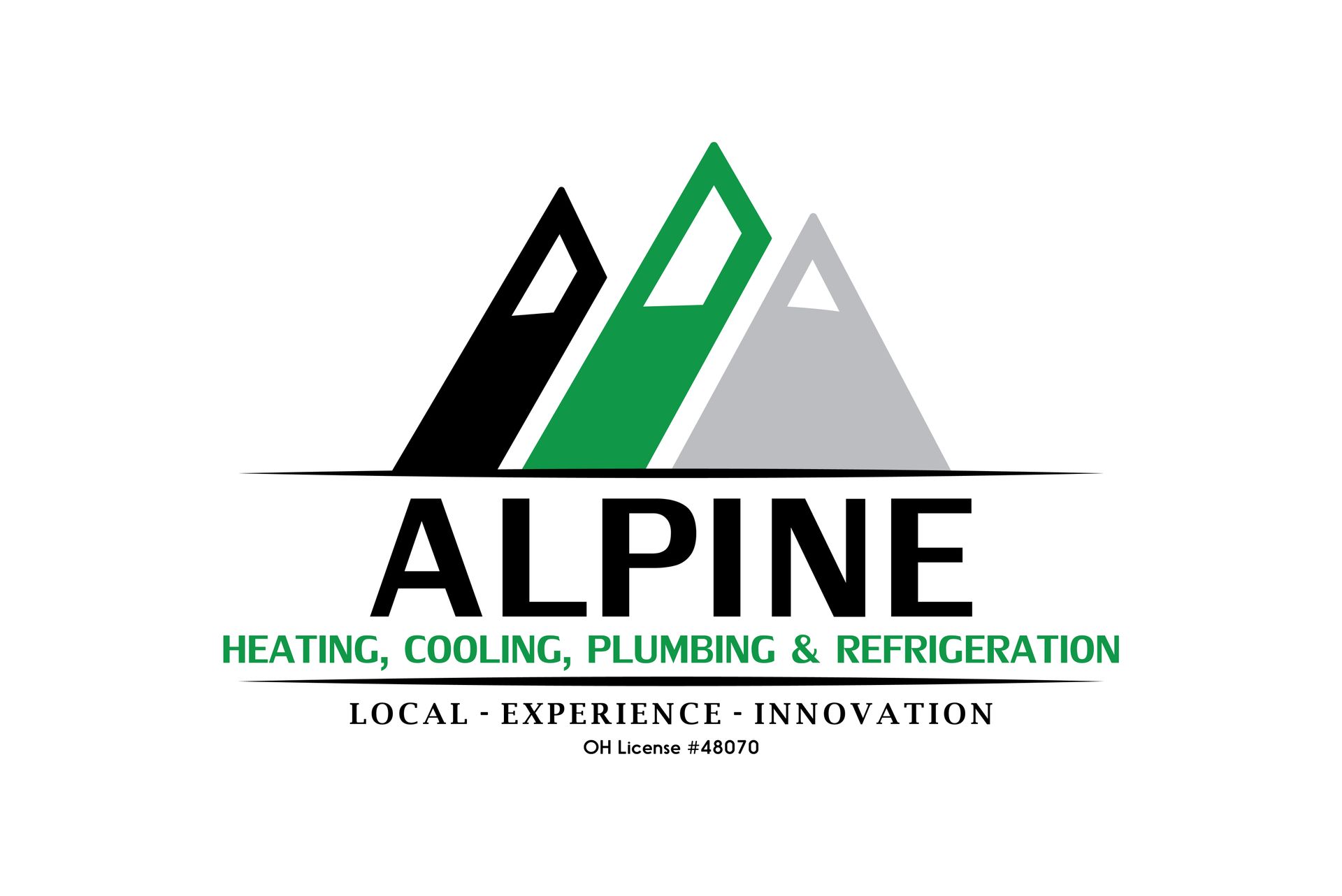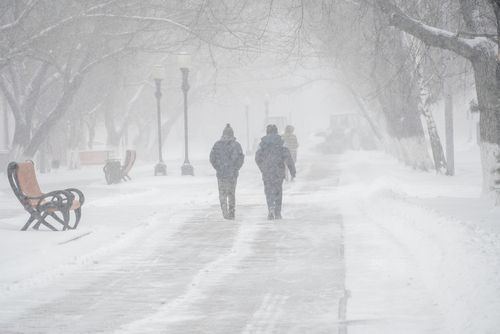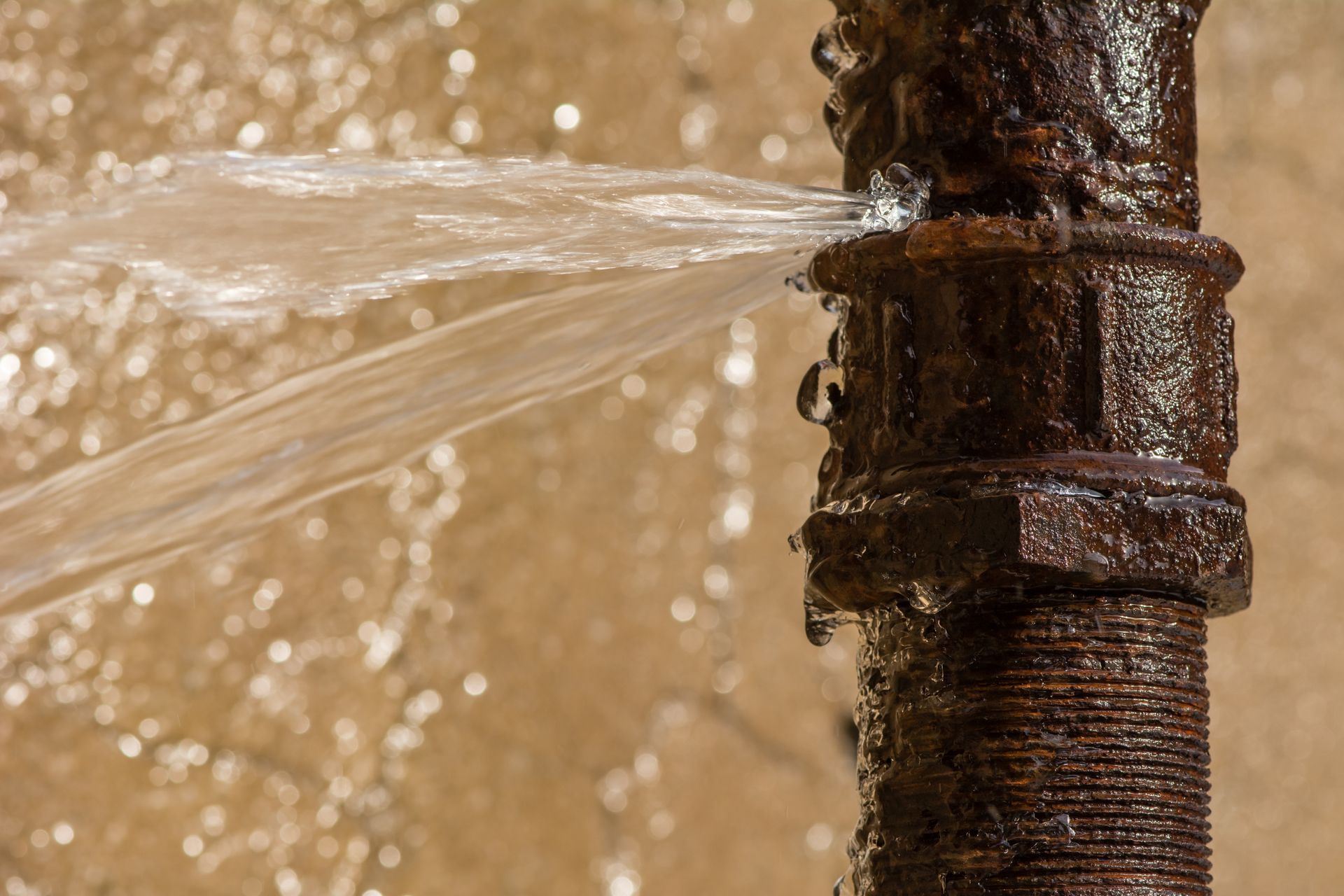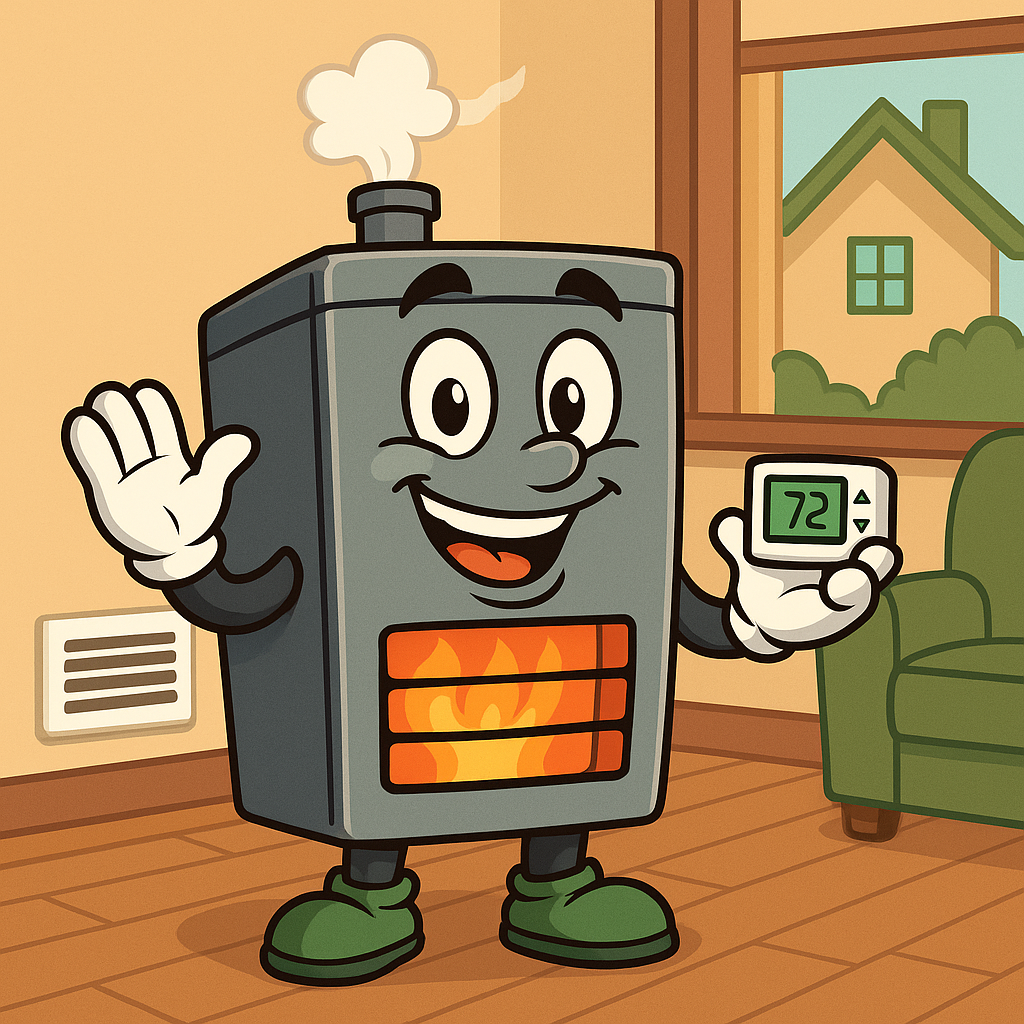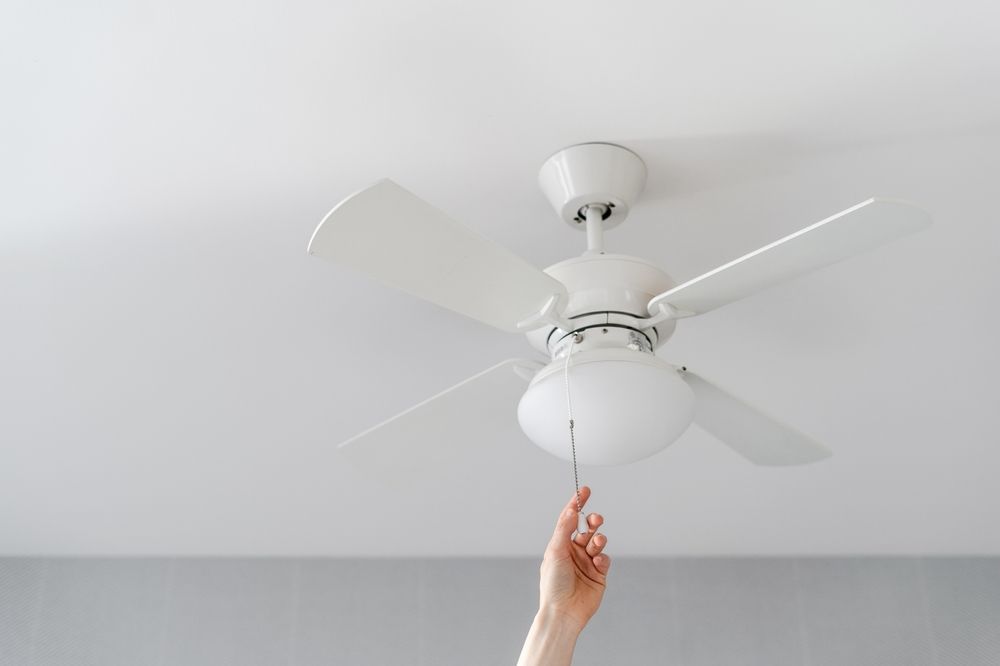Helpful Terms
The best choices come from educated decisions. This helpful guide can help you understand some of the terms used by our techs and sales team at Alpine Heating & Cooling
AFUE
This is a percentage measurement of a furnace's heating efficiency. The U.S. government's minimum efficiency level is 78%. The higher the AFUE, the more efficient the furnace. The initials stand for Annual Fuel Utilization Efficiency.
AIR HANDLER
This is the indoor section of a split system. It can be a dedicated air handler, or could be your furnace. Also known as a fan-coil.
AHRI
Air-Conditioning, Heating and Refrigeration Institute. AHRI is an industry trade association that develops standards for measuring and certifying product performance. For instance, AHRI Standard 270 provides guidelines for establishing sound levels for outdoor air-conditioning equipment.
AIRFLOW
The distribution or movement of air.
AMBIENT TEMPERATURE
This is the air temperature (usually the outdoor air temperature) surrounding the equipment.
BIOAEROSOLS
Microscopic living organisms suspended in the air that grow and multiply in warm, humid places.
BTU
British Thermal Unit. This is the amount of heat required to raise the temperature of one pound of water by one degree Fahrenheit. You'll see this measurement when you look at heating and cooling capacities. For example, your dealer may recommend a 75,000 Btu furnace and a 24,000 Btu air conditioner for your home.
COMFORT SYNC
Armstrong Air’s most advanced thermostat. Communicates with all the different system components for increased efficiency and control, plus offers the ability to control the system remotely from anywhere in the world.
CUSTOMIZABLE SKINS
Offered by GelaSkins, these removable coverings for the Comfort Sync thermostat protect the thermostat from scratches and damage, and integrate with the thermostat’s screen saver to form a customizable image of your choice.
CONDENSING UNIT
This is the outdoor section of a split-system air conditioning system. You'll know it best as the air conditioner that sits outside your home.
COP
Coefficient Of Performance. A ratio that compares a heat pump system's heating efficiency to that of electric resistance heat. For example, a heat pump system with a COP of 3.0 provides heat at 3 times the efficiency of electric resistance heat. A heat pump's system COP will decrease as outdoor temperatures drop, eventually providing little or no efficiency advantage over electric resistance heat—and that's when your auxiliary heat strips start to heat your home.
COMMUNICATING THERMOSTAT
Establishes an electronic connection between all the different heating and cooling system components to optimize overall performance, efficiency and comfort.
DUAL FUEL
For even greater efficiency, this heat pump can be paired with a furnace. Called a dual-fuel system, this combination minimizes heating costs by seamlessly alternating between the two energy sources, depending on outdoor conditions.
EER
Energy Efficiency Rating.
ENERGY STAR
Products/homes/buildings that earn the ENERGY STAR® qualification prevent greenhouse gas emissions by meeting strict energy efficiency guidelines set by the U.S. Environmental Protection Agency and the U.S. Department of Energy. To learn more, please visit www.energystar.gov.
GPH
Gallons Per Hour. You might see this rating if you are looking at an oil furnace. In addition to input and output, an oil furnace also has a rating of gallons per hour, the volume of oil a furnace is capable of burning in 60 minutes.
HEAT PUMP
A unit that both cools and heats your home. A heat pump system can be either a split system or a package system. A heat pump can be used in conjunction with a gas/oil/LP furnace (using the furnace instead of electric resistance heat when temperatures fall below about 35° F) with the addition of a fossil fuel kit.
HSPF
This is a measurement of a heat pump's heating efficiency. There is no governmental minimum rating. The higher the HSPF, the more efficient the heat pump's heating performance. HSPF stands for Heating Seasonal Performance Factor.
HVAC
HVAC (pronounced either "H-V-A-C" or "aitch-vak") is an acronym that stands for the closely related functions of "Heating, Ventilating, and Air Conditioning."
PACKAGE SYSTEM
Package units provide both heating and cooling from one unit that is placed outside the home—on the ground, on the roof, or sometimes mounted through the walls of the building. Package units come in several combinations of fuel sources—gas heat/electric cooling; heat pump; electric heat/electric cooling; oil heat/electric cooling.
REMOTE ACCESS
Armstrong Air’s Comfort Sync thermostat connects to your home’s Wi-Fi network, allowing you to access and adjust your heating and cooling system from anywhere in the world using a smartphone or other web-enabled device.
SEER
This is a measurement of the efficiency of cooling products. The U.S. government's minimum efficiency level is 13.0 SEER for split systems and 9.7 for package units. The higher the SEER, the more efficient the cooling product. SEER stands for Seasonal Energy Efficiency Rating.
SPLIT SYSTEM
This describes an air conditioning or heat pump system that is split into two sections—an outdoor section and an indoor section. It won't work without the outdoor section plus an indoor section to move the air.
TON
You'll often see this as a measurement of the capacity of an air conditioning system. Don't panic, it doesn't measure weight! Just like gas and oil furnaces, air conditioners and heat pumps are rated in Btus. One ton of air conditioning is 12,000 Btus per hour. This means that a "one ton" air conditioning system has the capability of removing 12,000 Btus of heat per hour from your home.
